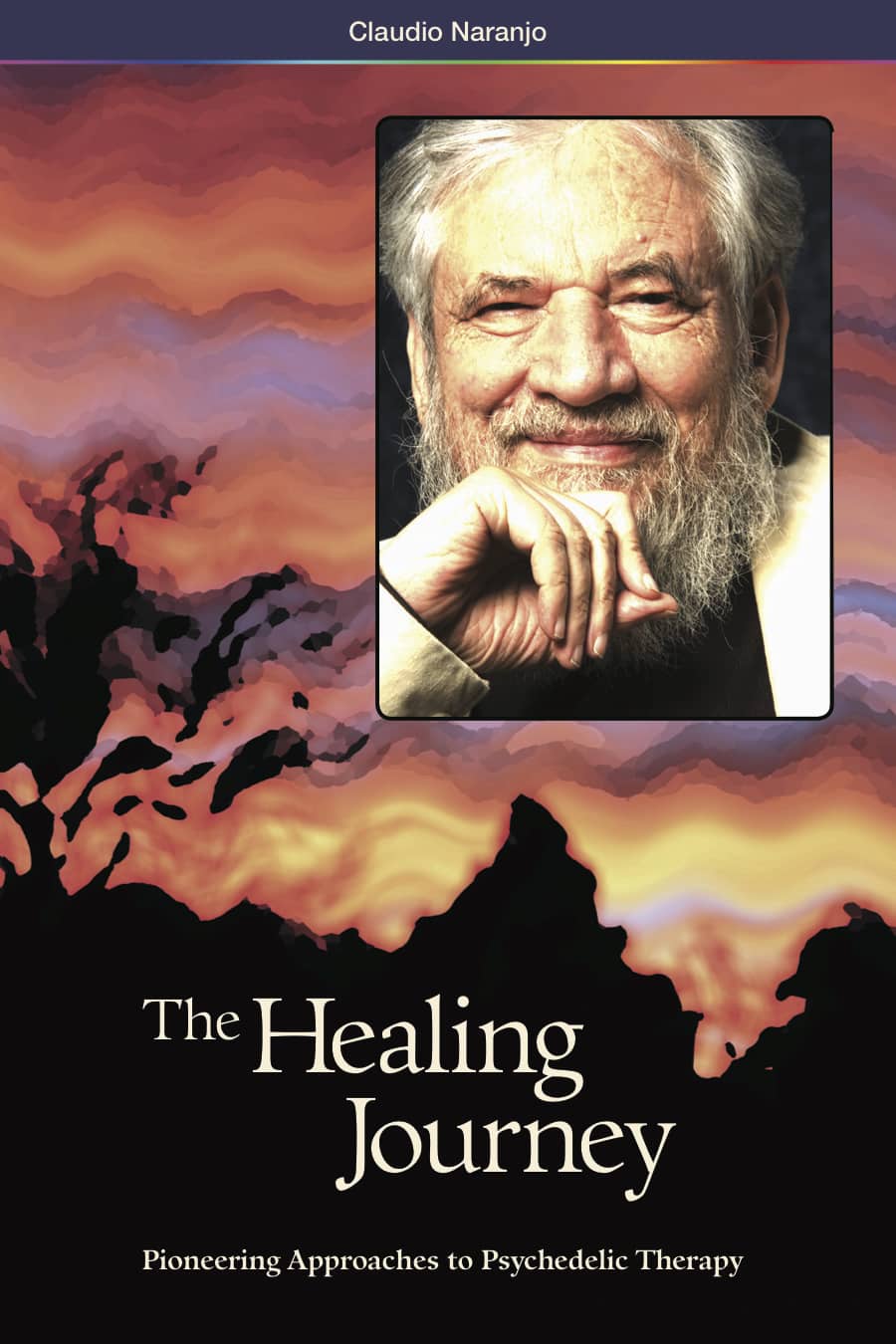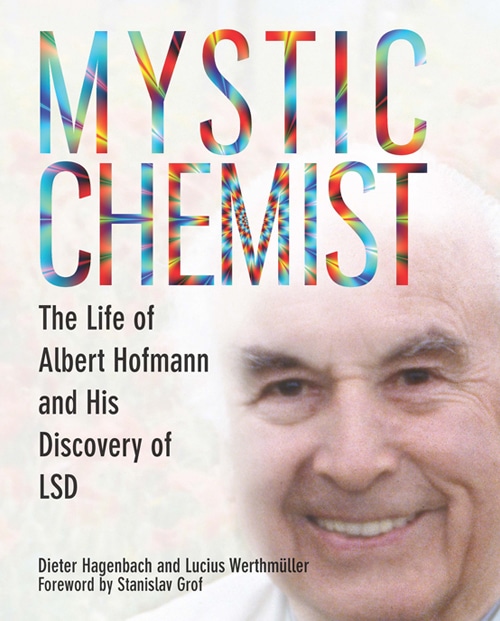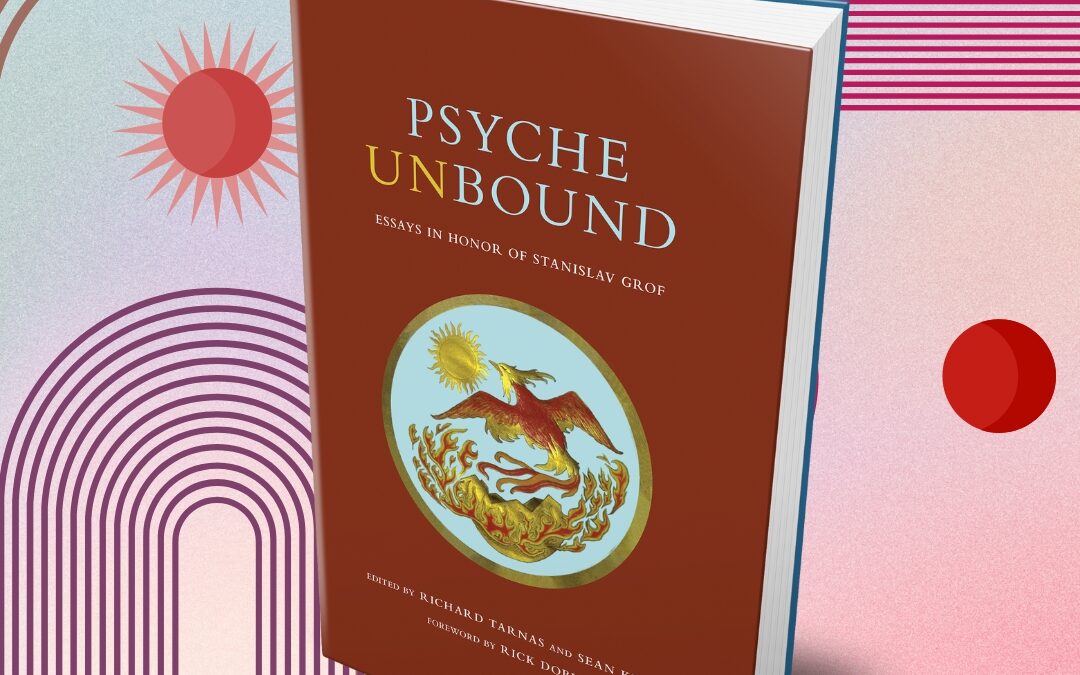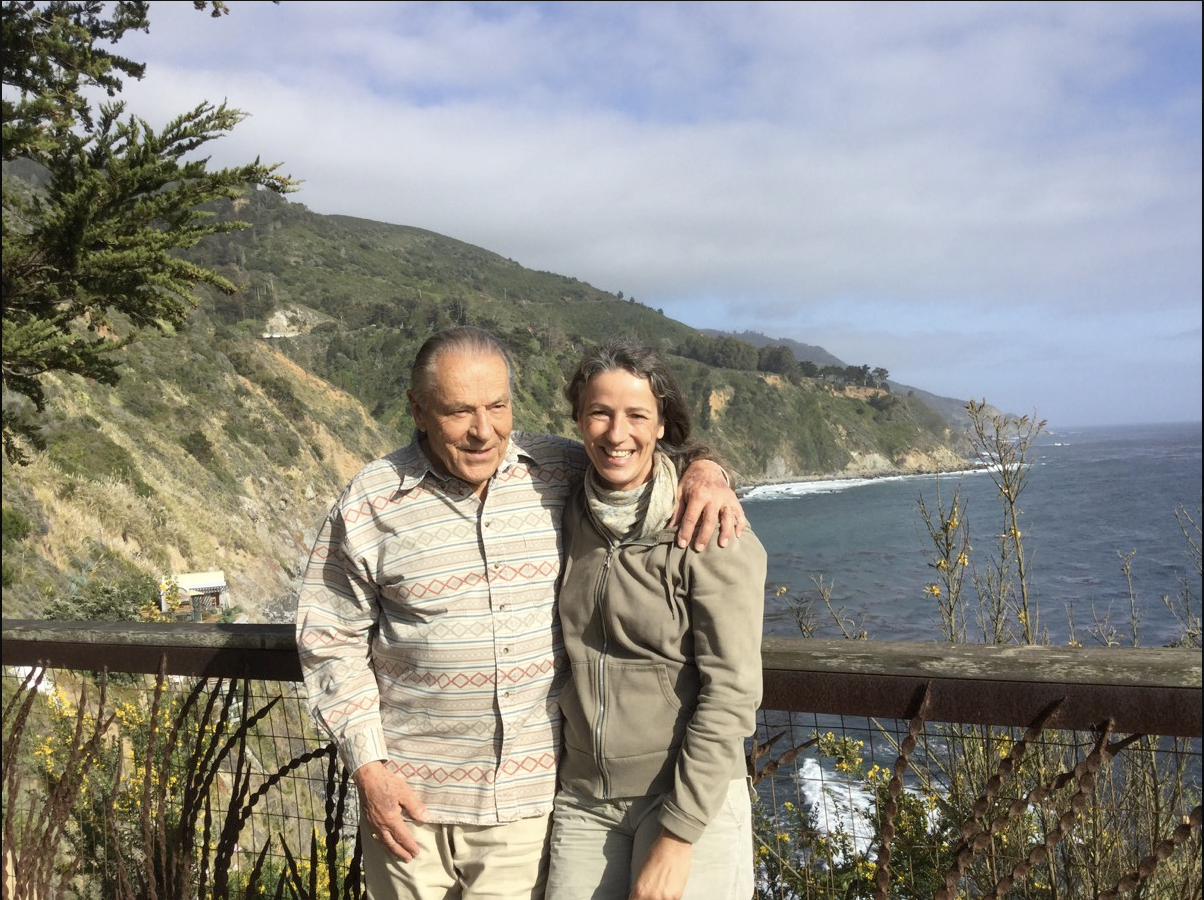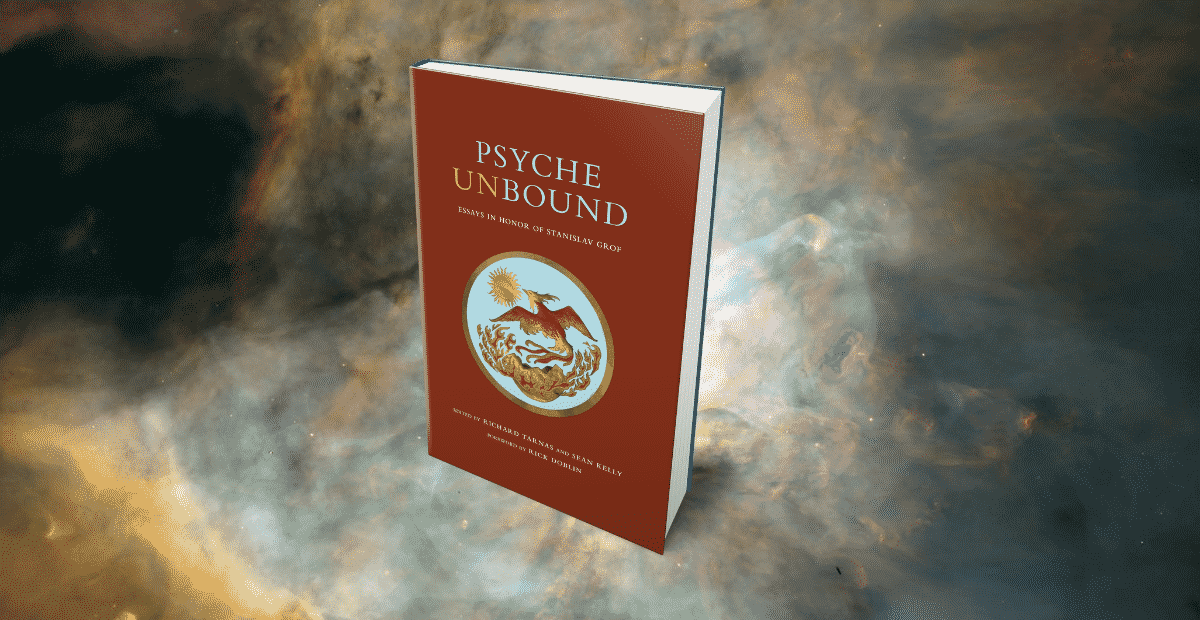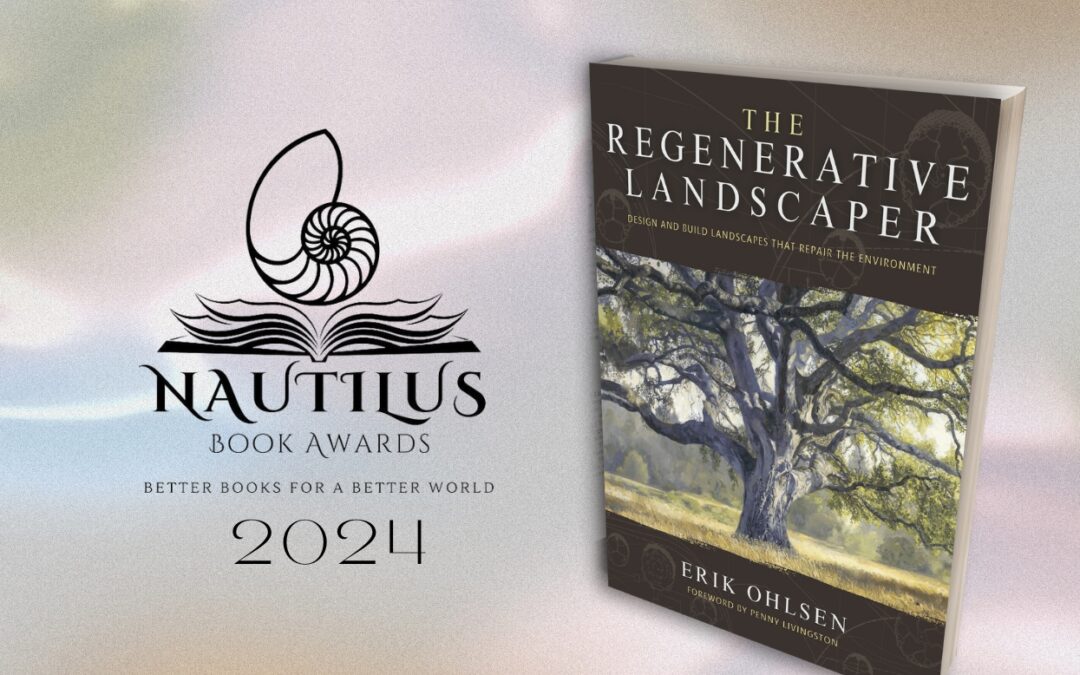
Top 5 Must-Read Books for Your Summer Trips
Summer Reading for Expanding Consciousness and Navigating Psychedelic Journeys
Ready to expand your mind this summer? These books for your Summer trips are just the perfect additions for your suitcase!
Whether you’re planning a literal journey with psychedelics or simply eager to explore the depths of consciousness from the comfort of your hammock, we’ve curated a reading list that’s perfect for your summer “trips.” These books for your summer trips delve into the rich and varied world of psychedelics, offering you a well-rounded perspective on integration, therapeutic potential, and the incredible, often mind-bending stories behind these powerful substances.
These books for your summer trips arn’t just for seasoned psychonauts or those with a personal interest in psychedelics. It’s for anyone curious about the ways these substances are reshaping our understanding of the human mind, the nature of reality, and the possibilities for healing and personal growth. Whether you’re looking to integrate profound experiences, learn from the pioneering work of therapists, or simply lose yourself in the fascinating narratives of those who’ve journeyed before you, these books offer something for everyone.
So, whether your summer trip involves a beach, a forest, or the vast landscape of your own mind, let these books be your guide.
Books for your Summer Trips
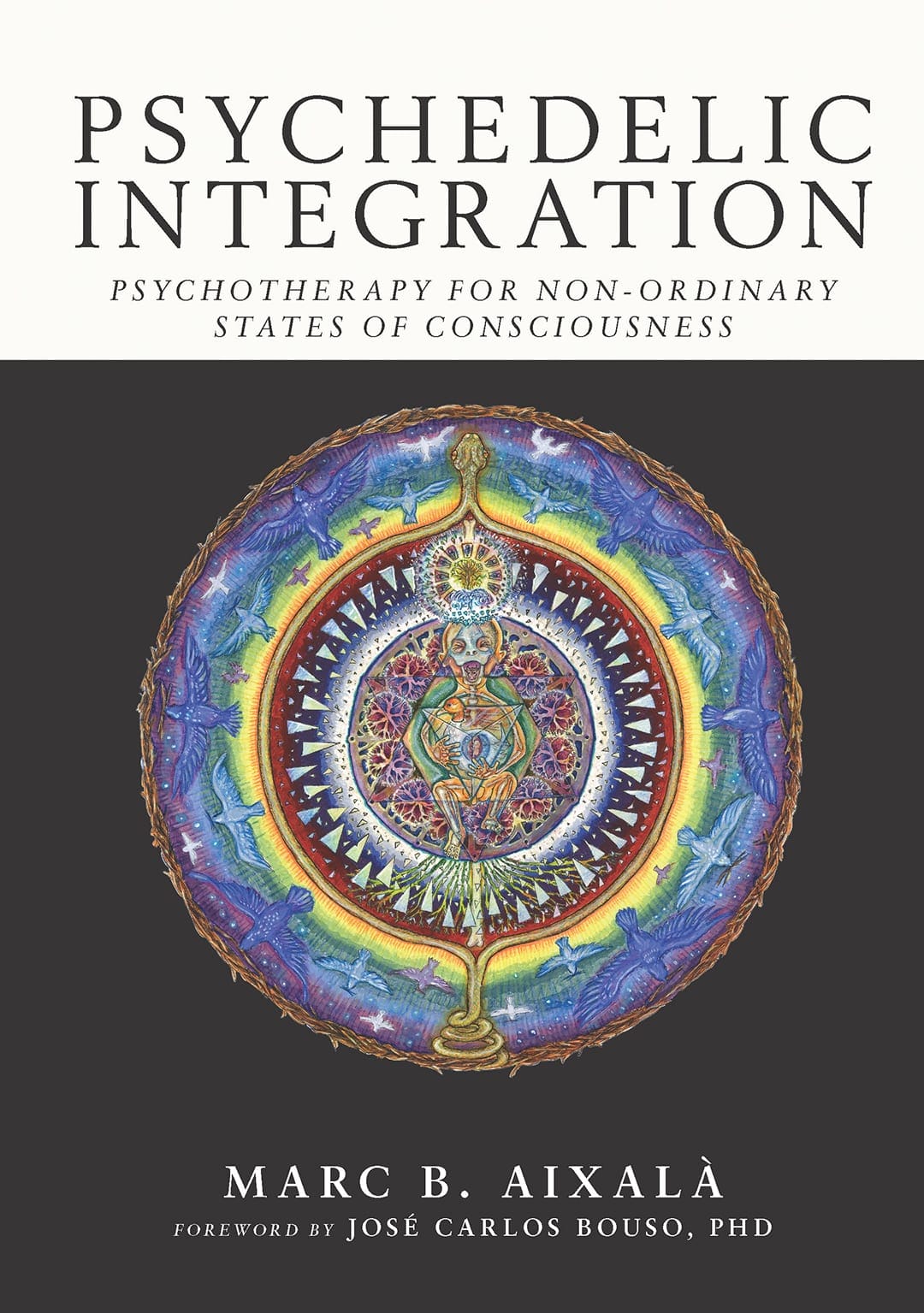
Psychedelic Integration: Psychotherapy for Non-Ordinary States of Consciousness by Marc B. Aixalà
Marc B. Aixalà’s Psychedelic Integration is your go-to manual for making sense of those mind-bending moments. Think of it as the ultimate guide for bridging the gap between your psychedelic experiences and everyday life. Whether you’re a therapist or an explorer of inner spaces, this book offers practical tools and insights to help you process and integrate your experiences. Aixalà’s approach emphasizes the importance of integration, ensuring that your journeys don’t just remain as distant memories but become meaningful catalysts for personal growth and transformation.
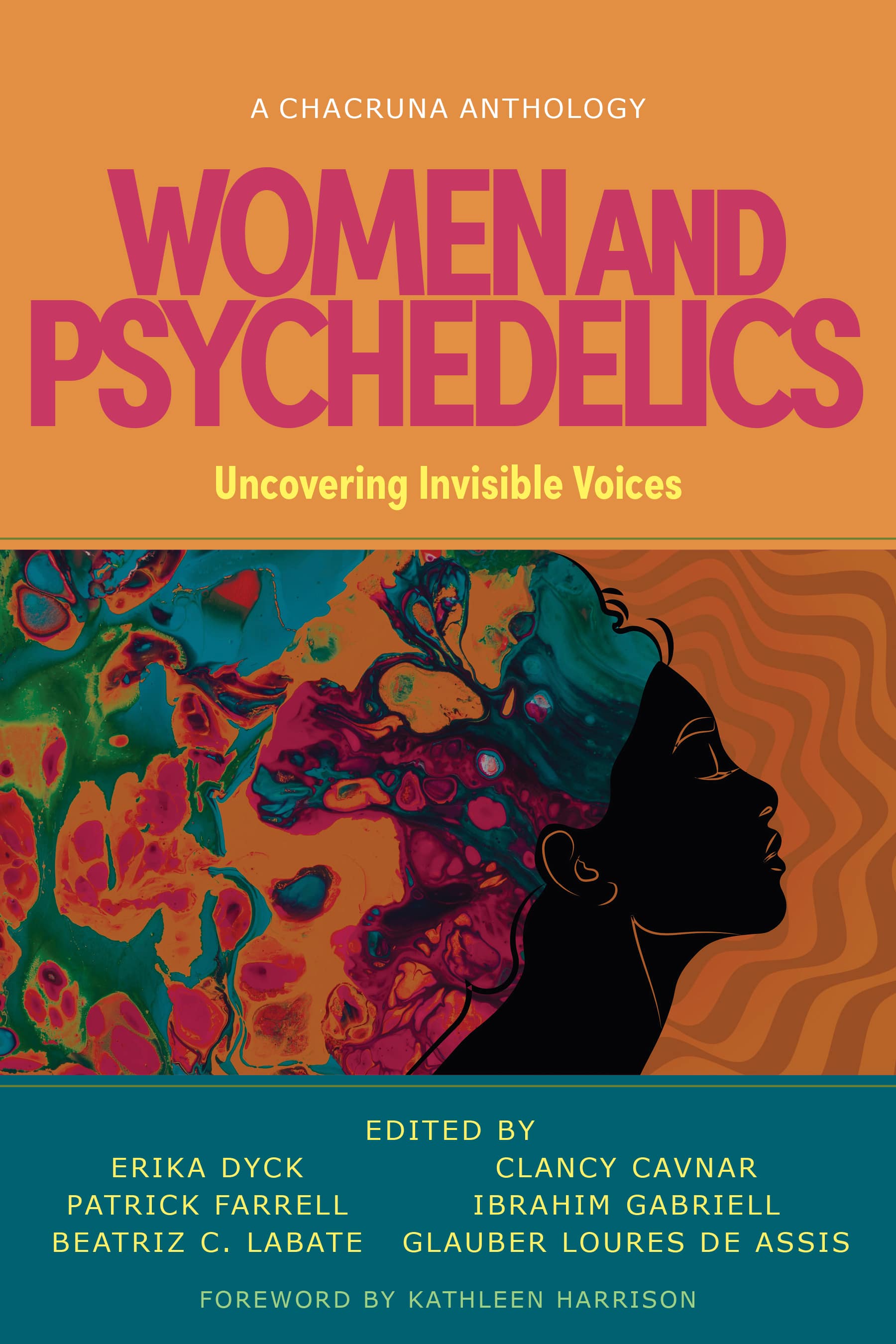
Women and Psychedelics: Uncovering Invisible Voices
Edited by the team at Chacruna Institute
Step into the vibrant and often underrepresented world of women in psychedelics with Women and Psychedelics: Uncovering Invisible Voices. This collection of essays and stories shines a light on the contributions and experiences of women in a field that has been largely male-dominated. From tales of personal discovery to insightful discussions on gender and power, this book offers a fresh and essential perspective on the psychedelic movement. It’s the perfect companion for anyone looking to broaden their understanding and appreciate the diverse voices shaping this transformative space.
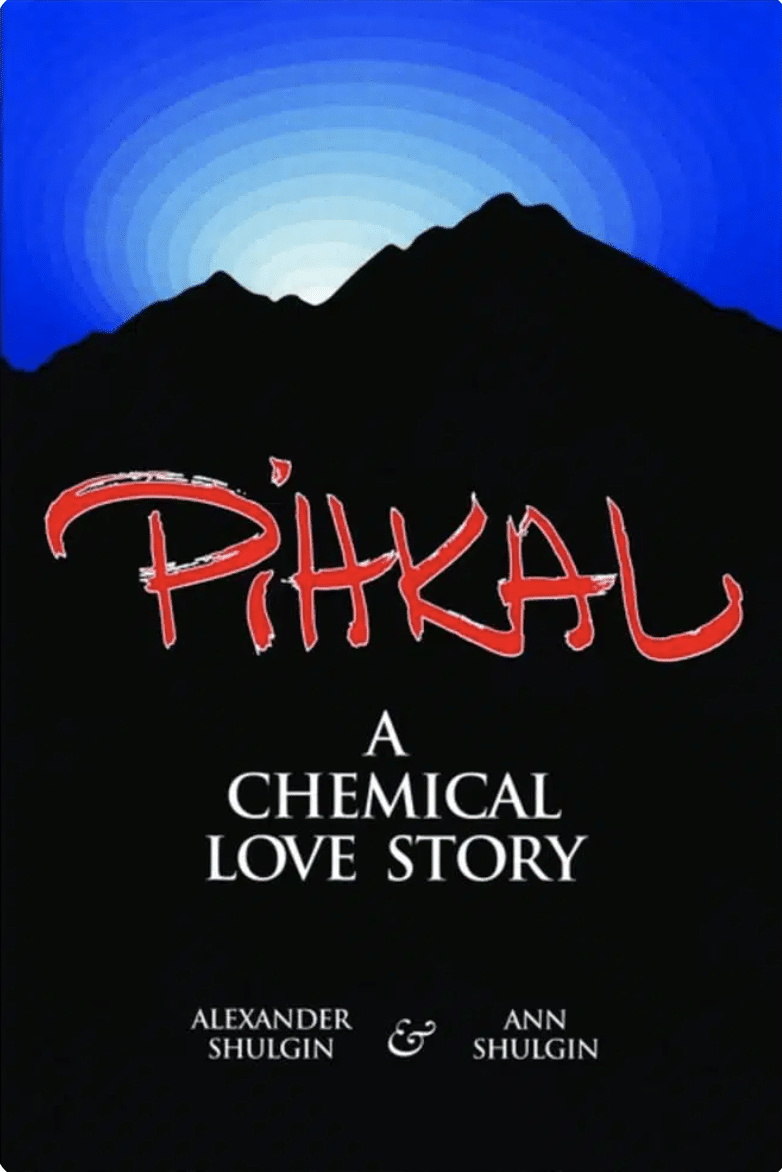
Pihkal: A Chemical Love Story
by Alexander Shulgin & Ann Shulgin
By Alexander and Ann Shulgin is a fascinating blend of autobiography, romance, and psychedelic chemistry. The book is split into two parts: the first is a fictionalized narrative that explores the Shulgins’ personal journey, delving into their relationship and their shared exploration of psychoactive substances. The second part is a detailed chemical index of 179 phenethylamines, documenting their synthesis, effects, and potential uses. Together, these sections offer a unique insight into the science and philosophy of psychedelics, blending love and scientific inquiry in a way that challenges conventional perspectives on consciousness and reality.
The Healing Journey: Pioneering Approaches to Psychedelic Therapy
by Claudio Naranjo
For those interested in the therapeutic potential of psychedelics, Claudio Naranjo’s The Healing Journey is a foundational text. This book takes you back to the early days of psychedelic therapy, offering a glimpse into the pioneering approaches that have shaped the field. Naranjo’s work is a testament to the profound healing that these substances can facilitate when used with intention and care. Whether you’re a therapist or someone exploring the potential of psychedelics for personal growth, this book offers invaluable insights into the healing power of these extraordinary medicines.
Mystic Chemist: The Life of Albert Hofmann and His Discovery of LSD by Dieter Hagenbach and Lucius Werthmüller
No psychedelic reading list would be complete without a nod to Albert Hofmann, the man who stumbled upon LSD and forever changed the course of psychedelic history. Mystic Chemist by Dieter Hagenbach and Lucius Werthmüller is a captivating biography that chronicles Hofmann’s life and the monumental impact of his discovery. The book delves into the science, culture, and spiritual implications of LSD, offering a thorough exploration of Hofmann’s legacy. This is a must-read for anyone interested in the origins of psychedelic culture and the life of the man who opened the doors of perception for so many.
Gateways Into Human Consciousness
These books for your summer trips are more than just summer reads—they’re gateways to exploring the depths of human consciousness and the vast potential of psychedelics. Whether you’re looking to integrate your own psychedelic experiences, curious about the historical and cultural impact of these substances, or fascinated by the chemistry behind mind-altering compounds, this collection has something for everyone.
From the pioneering work of therapists like Claudio Naranjo to the legendary explorations of the Shulgins, these authors offer diverse perspectives on the psychedelic experience. Each book brings a unique voice to the conversation, whether it’s uncovering the hidden voices of women in the field or exploring the alchemical secrets within Mystic Chemist.
So, as you embark on your summer adventures—whether literal or metaphorical—these books will be your trusted guides. Let them inspire you, challenge you, and expand your horizons as you delve into the mysterious and transformative world of psychedelics. Grab a book, settle in, and let your journey begin!
